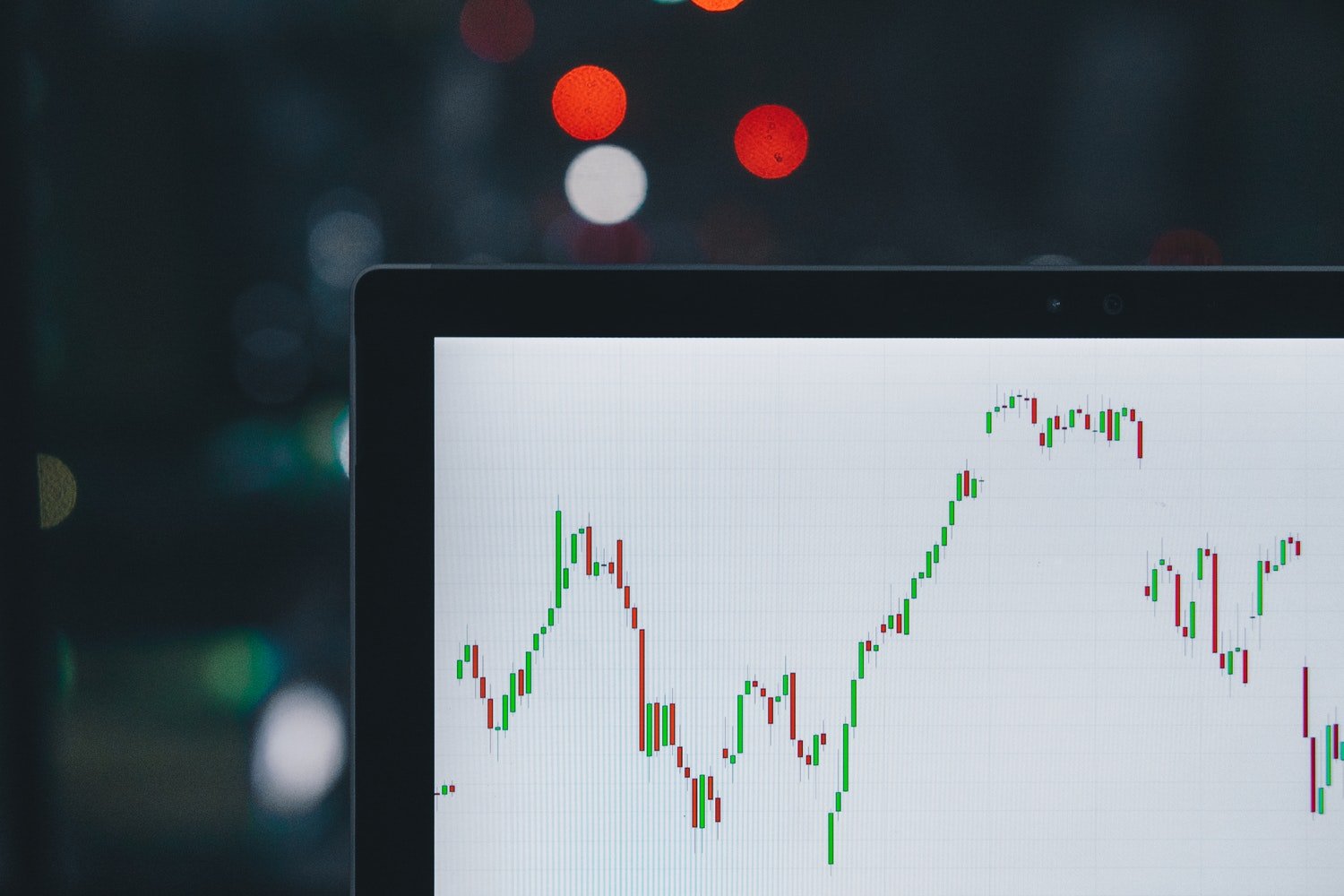Featured
Market volatility: How to make the most of VIX
VIX is an important tool when making investment decisions amid a volatile financial market.

When it comes to investing, one of the most critical measures to consider is the volatility of the market. VIX is often used when making investment decisions.
The VIX index was launched in 1993 primarily as a tool for policy wonks and institutional traders. Fast forward to today where it is used by all those participating in market investments ranging from retail crowds to institutional fund traders who want to measure the volatility of the market.
What is VIX
VIX is a prediction of how the market will move based on the price of put and call options. Calculated by the Chicago Board Options Exchange (CBOE), it is like a yardstick that is used to measure the amount of volatility in the equity markets for the next 30 days.
Also known as the fear index, VIX is often used to measure consumer confidence as well as fear of falling markets.
Because VIX is often misunderstood by investors, investingwithoptions.com explains it in simple, easy-to-understand, layman’s terms.
Think of yourself as a fund manager with a vast stock portfolio, most of which are part of the S&P 500. Now consider that the market as a whole has been selling off and you already have plans to fund a new home with the gains you’ve made. What choices do you have?
You might not want to sell your stocks because you feel that the market fundamentals are sound. Or perhaps you have a fund requirement that necessitates you to be 90 percent vested in the market.
One way to reduce your risk against the market and protect your investments against drops in the market is to buy puts on the SPX.
However, there is a downside. You have to pay for it. If your portfolio is vast, it would be a daunting task to try to look at every single trade to track the fear. This is where VIX can come into play.
How does VIX work?
The VIX differs from other indexes such as the S&P 500 and the Dow Jones Industrial Average in that it is not based on stock prices. It is based on the S&P 500 index option prices, also known as ticker SPX.
An aspect of SPX options pricing is a reflection of how volatile the S&P 500 is perceived to be currently and at its expiration date.
The price is based on how much investors are willing to pay. In a volatile market, premiums will be much higher than in a more stable and quieter market.
Investingwithoptions.com compares VIX to hurricane insurance. If you own a home near the water that is also in a flood zone, purchasing flood insurance is a wise decision as protection against a possible natural disaster.
The insurance company will quote you a monthly premium to protect your assets. If you wait until there is a hurricane already occurring at a location that could possibly affect your property, you will be quoted a much higher price. When the perception of risk is higher, so will be the premium.
Now apply this same concept to fears, risks, and the investment world. When the market looks like it is going to take a hit, investors will want to do whatever they can to protect their investment. The cost for this protection will be higher when the market is volatile.
The index measures a 30-day implied volatility of S&P 500 index options. Although investors can’t trade VIX itself, they can buy options and futures of VIX.
VIX is based on supply and demand. When the demand is high, the premium is higher than when it is low. This is all based on the perception of risk.
The more fearful investors are of a volatile market, the more protection they will purchase to keep their investments safe.

The SPX will continue to progress near long-term trends for the remainder of the year. (Source)
Current VIX trends
Randy Frederick, Vice President of Trading and Derivatives, Schwab Center for Financial Research, points to the fact that every time the near-term rally gets too far above the long-term trend, there is a higher probability that the pullback rally will be higher.
When the SPX gets ahead of itself, it then consolidates back to a longer-term channel. Frederick believes that the SPX will continue to progress near long-term trends for the remainder of the year.
If you are looking for real-time stock quotes for the CBOE Volatility Index, news, and other financial information, visit CNBC here.
How to make the most of the market
It is not possible to buy and sell the VIX because it is not an actual product. However, investors can buy products that track with the volatility index.
There are several products such as ETNs that enable traders to hedge using funds. ETNs are Exchange-traded-notes that were developed to make investing easier for retail investors.
Brandon Chapman writes on Forbes that being able to interpret and capitalize on the VIX correctly can be challenging to novice traders.
To make it less confusing, one of the ETSs used by more experienced traders is the iPath S&P 500 VIX Short-Term Futures ETN (VXX).
VIX and associated products can help manage risk and provide an indication of short-term market volatility and/or direction and can be an integral part of your overall investment strategy.
Used on a daily and/or short-term basis in conjunction with leading indexes they can provide a framework to determine trading strategies and portfolio balancing.
Long positions in these types of products are not generally assumed due to rollover costs and other factors however profits can be made from either direct trading of these products or can be made on trades based on a correct assessment of the market direction.
—
DISCLAIMER: This article expresses my own ideas and opinions. Any information I have shared are from sources that I believe to be reliable and accurate. I did not receive any financial compensation for writing this post, nor do I own any shares in any company I’ve mentioned. I encourage any reader to do their own diligent research first before making any investment decisions.

-

 Crowdfunding1 week ago
Crowdfunding1 week agoSavwa Wins Global Design Awards and Launches Water-Saving Carafe on Kickstarter
-

 Biotech2 weeks ago
Biotech2 weeks agoAsebio 2024: Driving Biotechnology as a Pillar of Spain and Europe’s Strategic Future
-

 Business3 days ago
Business3 days agoDow Jones Nears New High as Historic Signals Flash Caution
-

 Business2 weeks ago
Business2 weeks agoFed Holds Interest Rates Steady Amid Solid Economic Indicators


























You must be logged in to post a comment Login